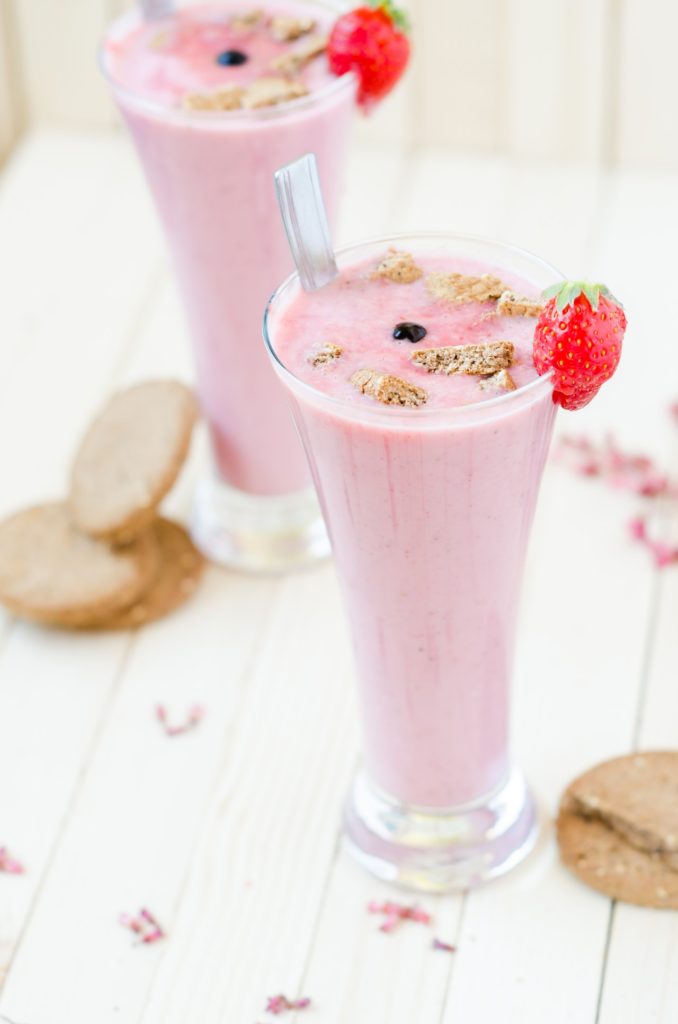
How we are different and why we are the best
Unless you have done GC/MS analysis of flavors and fragrances, you may think a sample is injected and walla! Out comes a formulation for the flavorist/and/or perfumer. Think again.
Flavors and fragrances are quite complex, especially when they contain botanical extracts and essential oils. There are often over a 100 components to be separated. Not only are there over 100 components but the components have impurities as well and one has to know which are impurities and which are the critical components. Plus there are reaction products of the components. Without proper separation, the components can be buried under each other, causing the instrumental library to misidentify or to be unable to identify. Multiple programs are required and sometimes multiple columns. Still, the components may not be separated sufficiently to find them all. An expert knows what to look for in particular types of flavors and fragrances and can utilize a technique called single ion monitoring. This allows a search for a specific compound or agroup of compounds that have a mass unique to it or them, but you must have the experience to know what to search for.This type of searching is done manually and takes time but is invaluable to the flavorist or perfumer doing the matching. It can be very frustrating to be 95% there and be missing something critical for the match. The Flavor and Fragrance Outsource stands behind the analysis so that you satisfactorily complete your match just as if they were doing it for themselves.
In addition, the mass spec does not know that the presence of citral could indicate the presence of lemon oil. It doesn’t know the difference between folds of essential oils, essences, extracts or varieties of essential oils. This is where the years of experience in the aromatic industry comes into play. By knowing “marker compounds” (compounds that indicate the presence of a specific essential oil or botanical extract), The Flavor and Fragrance Outsource can tell you whether it is lemon or orange or cinnamon, patchouli, etc.
Quantification should be as accurate as possible. Flavors and fragrances have what is called “a wide dynamic range” meaning that components can be at threshold levels to saturation levels. To accurately quantify high level components, the sample may have to be diluted so as not to saturate the instrument detector and report lower than actual amounts. In order to detect threshold components, the sample needs to be as concentrated as possible. This is achieved by injection methods and by extraction techniques.
In the end, you will have a nice simple report of possibly a 100 or more components, sometimes much less, and you have FEMA numbers, CAS numbers and percentages and you are ready to compound. Much has been done behind the scene to provide accurate information quite beyond what the mass spec provides. And if you have any problems, The Flavor and Fragrance Outsource is there to help. This is why we are different and why we are the best in the world in flavor and fragrance analysis and matching.
